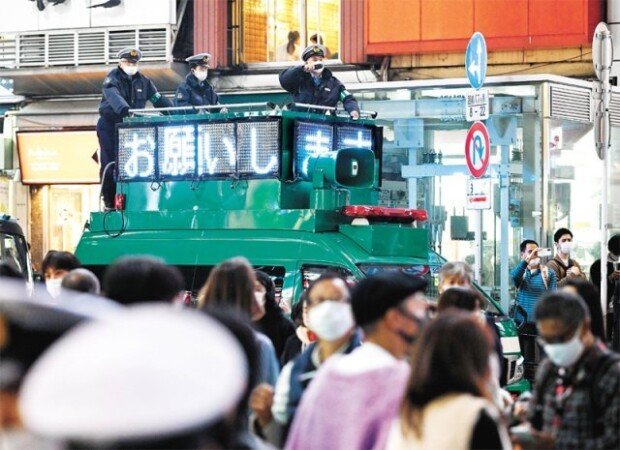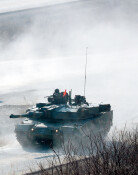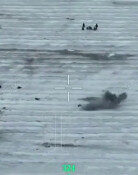Japan dispatches police for Halloween events
Japan dispatches police for Halloween events
Posted October. 31, 2022 07:56,
Updated October. 31, 2022 07:56

Around the same time on the same day as the Halloween disaster in Itaewon in South Korea, hundreds of thousands of people also gathered in Shibuya, Tokyo to enjoy the Halloween event, which took place for the first time in three years since the outbreak of COVID-19. Unlike the tragic incident in Itaewon, there wasn’t any dangerous situation. The police maintained order in real time to prevent accidents, and the local government has been conducting a campaign since more than a month ago. In New York, traffic in over 100 streets was controlled, and many police officers were dispatched during Halloween. As such, advanced countries make rigorous efforts to maintain order and keep control in consideration of an unexpected incident in crowded areas.
As the sun went down in Shibuya and people started to gather, ‘DJ police’ appeared at intersections. When a pedestrian tried to cross the street with a red light on, a ‘DJ police officer’ immediately told him to go back and the pedestrian returned with an embarrassed look. “Please don’t stand in the intersection to prevent any incident. Please move slowly,” the ‘DJ police officer’ repeatedly said when the green light turned on until the light changed to red.
There is a high sense of alert surrounding Halloween in the Japanese city. Ten or so overexcited young people flipped a truck in 2018, and a man in a Halloween costume set fire in the subway last year. “I don’t want to tell everyone not to come here. However, I hope they don’t cause any silly disturbances,” Mayor of Shibuya Ken Hasebe said.
More cities in the U.S. designate no-traffic zones nowadays for safety, as traffic accidents increased by 43 percent during Halloween. New York City Department of Transportation Commissioner Ydanis Rodriguez announced that 100 streets would be designated car-free zones during Halloween. New York also increased the number of police officers dispatched for parades and other events after a truck ran into a bicycle road and killed eight people in 2017. Cars were not allowed to enter a two-mile street during Halloween since last year in St. Petersburg, Florida. At the same time, some urban areas in Connecticut, Colorado, and Massachusetts blocked some streets.
The United States Department of Justice recommends setting up security plans 12 to 18 months before large events. The NFPA 101, written by the National Fire Protection Association and also known as Life Safety Code, is considered a common safety standard in the U.S. It was initially created as a manual for a fire drill but also includes response guidelines for crowd crush. Last year’s revised version includes guidelines, such as 1) The maximum occupant load for any space or facility must not exceed one person per 0.65 m² of net floor space for an event of a specific size or bigger; and 2) Sufficient exits should be secured for people to escape in case of an accident.
sanghun@donga.com
Headline News
- Internal rebellion investigation transferred to Public Prosecutor's Office
- Gov’t to approve Yongin Semiconductor National Industrial Complex
- US conservatives rally around Trump’s third term
- Lee Hyo-song named youngest Rookie of the Year in JLPGA history
- Controversy escalates over the appointment of Constitutional Court justices







